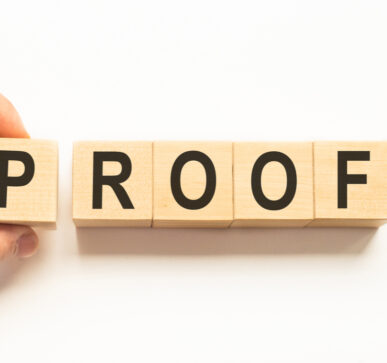The IRS has tools inside of its Internal Revenue Manual (“IRM”) available to its agents for determining a Taxpayer’s taxable income as well as documenting its adjustments and corrections through what it calls “Methods of Proof”. The IRM describes seven Methods of Proof for use by its agents who are pursuing its civil or criminal investigations.
The IRS encourages its agents to use one or more Methods of Proof during Taxpayer examinations and investigations. The preferred Method of Proof for proving unreported or underreported taxable income is called the Specific Items method. The Specific Items method is simple to understand and is the most difficult for a Taxpayer to refute during an administrative (‘civil”) tax examination or a criminal investigation. It is a “direct method” of proof related to specific and identifiable transactions. The other Methods of Proof are considered “indirect methods “; through which the IRS works to “reconstruct” a Defendants’ financial picture.
Currently, courts have permitted use of the Specific Items, Net Worth, Expenditures, Bank Deposits and Cash methods. Criminal findings have been admitted when a Defendant cannot not provide evidence supporting differences between expenditures, bank deposits, and increases in net worth and the amount of income reported.
According to the IRS, the Net Worth Method is its primary method for proving underreported taxable income during civil and criminal income tax investigations. It is based in calculating increases in assets, reductions of liabilities, expenditures and any other financial data that can be used for determining a Taxpayer’s taxable income. It looks unexplainable increases in a Taxpayer’s Net Worth. It can also be used to authenticate other methods of providing income and double-check the accuracy of reported taxable income.
IRS has been increasing its reliance on the Bank Deposits Method of Proof. An indirect method of proof, it requires both mathematical and supporting document analysis as opposed to reliance on specific items. According to the IRM, “the bank deposits method of proof requires a special agent to conduct a thorough analysis of the deposits and canceled checks relating to any and all bank accounts controlled by the subject. Additionally, the special agent must document the subject’ s currency expenditures and cash on hand”. While a perception exists that this is a simple method of proof that relies only on the methodology of reconciling bank account records as its basis, it is often not well understood by IRS agents due to the underlying data analytics behind the process.
Taxpayers ought to make sure that Revenue Agents analyzing their tax returns engage in accurate analyses.
A forensic accounting review of an IRS Revenue Agent’s work product will help ensure that an IRS Revenue Agent’s analysis is accurate. The forensic review will determine if Methods of Proof are accurately and appropriately employed.
Consult your forensic tax specialist to ensure that the IRS work product accurately reflects your situation.
©





